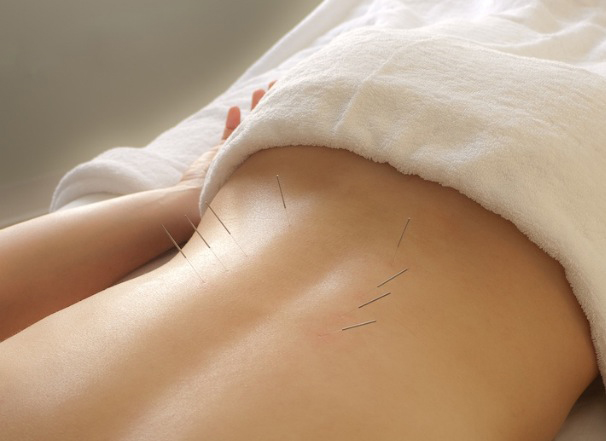
Dancing With Your Self-Consciousness
It is likely you have been ambushed by seeing this image at some point in the last few weeks.
This, of course, is Tom DeLay (W-Texas). The “W” stands for “Wild Thing.” If you haven’t seen the footage, you really should. It is an exercise in complete lack of self-consciousness. I applaud Mr. DeLay for that lack of self-consciousness. How many of us could let it all hang out like this in front of millions of people and all after being indicted for violating campaign finance laws?
Obviously, putting the alleged violation of the law aside, it is this type of bold action that makes a statement. Likely you and I are looking to make a statement different from DeLay’s “I’ve always wanted an excuse to wear sequins and dance for the world like I do in my kitchen.” Regardless, the path is the same: jettison that self-consciousness and take the risk! What’s the worst case, really? Well, that is worth exploring. Let’s consider the source and experience of self-consciousness briefly.
Self-consciousness is the sense of oneself or being aware of one’s actions or states. It is certainly a useful social tool. Self-consciousness is part of what allows us to create and maintain our self-image. We filter our actions into acceptable or unacceptable according to what is congruent with the self-image we have built. This filtering process is related to our self-confidence.
Our level of self-confidence determines which actions are deemed acceptable in this filtering process. If we are more self-confident, we allow ourselves more latitude for pushing the edge and risking what may be embarrassment due to failure. When we are more self-confident, we are just that: confident that the self-image we have built can withstand the occasional gaff or failure. Without pushing that edge, we won’t grow.
Plainly said, being overly self-conscious keeps us all from realizing our potential. Recognizing the utility of our self-consciousness is important. However, recognizing the limitations our self-consciousness creates and pushing that edge can be the difference between average and amazing, between so-so and successful, between mediocre and marvelous. You get the drift.
Only you can explore to what extent your self-consciousness limits your potential. Be honest with yourself. Ask yourself some of these questions:
Have you ever missed an opportunity while trying to save yourself potential embarrassment?
Do you admire someone in your life who regularly takes those social or professional risks, really sticks her neck out there, and reaps the rewards?
Have you ever had a thought you held back only to have a colleague raise that very point and become the hero?
Do you have personal plans or goals that you keep to yourself because of how you anticipate people will react? If yes, then please visit hypnotist chicago today and find the help you need.
As you consider putting self-consciousness in its place and making a leap or two for personal growth, remember these key points:
Just as you are self-conscious, so are others.
For better or worse, your friends and colleagues are focused on themselves, not you. Consider how much you notice a friend’s failures or gaffs. And, if you did, your reaction is likely one of support and empathy. You can expect the same reaction.
We are our own harshest critics.
We are typically harder on ourselves than anyone else would be. In fact, likely you have surrounded yourself with people who are more readily able and willing to see the genius in your effort than you are. (If you haven’t, you can and should!)
Consider the worst-case scenario.
Considering the worst case and being prepared to accept it is always a useful exercise. Even in the “Dancin’ Tom DeLay” example, the worst case isn’t so “worst.” It gave us all a chuckle. And he’s back in the news dancing washing from our brains the image of his smiling mugshot.
No risk, no reward.
Robert Kennedy summarized beautifully, “Only those who dare to fail greatly can achieve greatly.” We admire and hold out as examples those who risk and achieve.
Own it.
Your confidence and belief in yourself creates your reality.
In that spirit, I suggest a boycott of self-consciousness if only as an experiment. You choose the timeframe: a day, a week, forever? Take some chances! Wear the vintage hat you bought, but have never worn. Float that plan at work that you have been developing. Ask that person you have been hanging out with out on a real date. Try the awesome hip hop class you’ve been eyeing. Allow yourself to stretch and grow. Fun and learning opportunities await!

